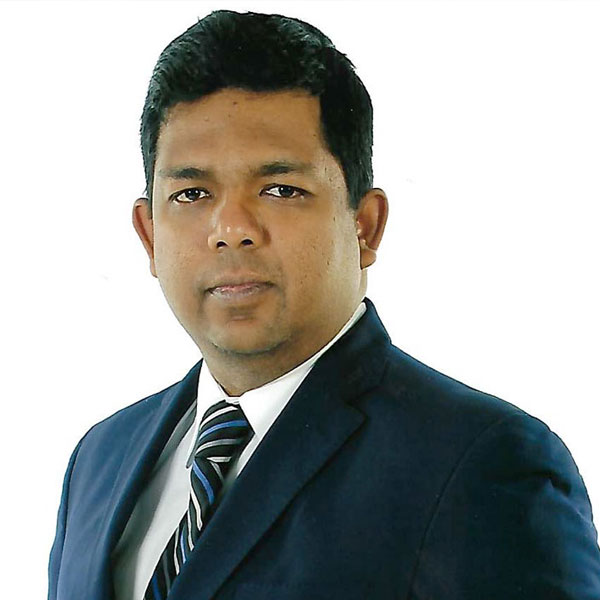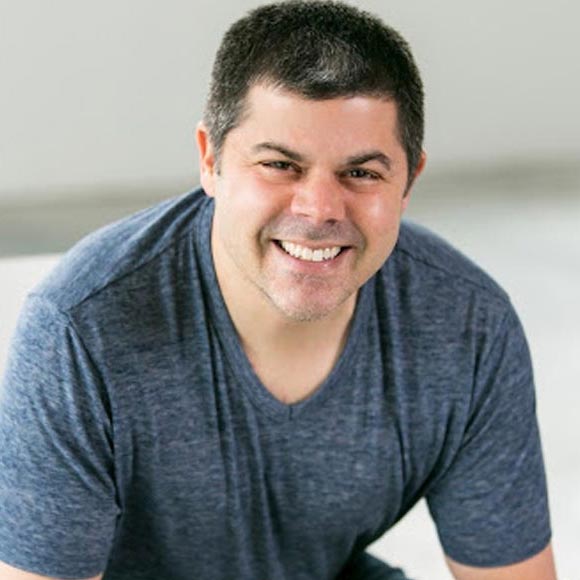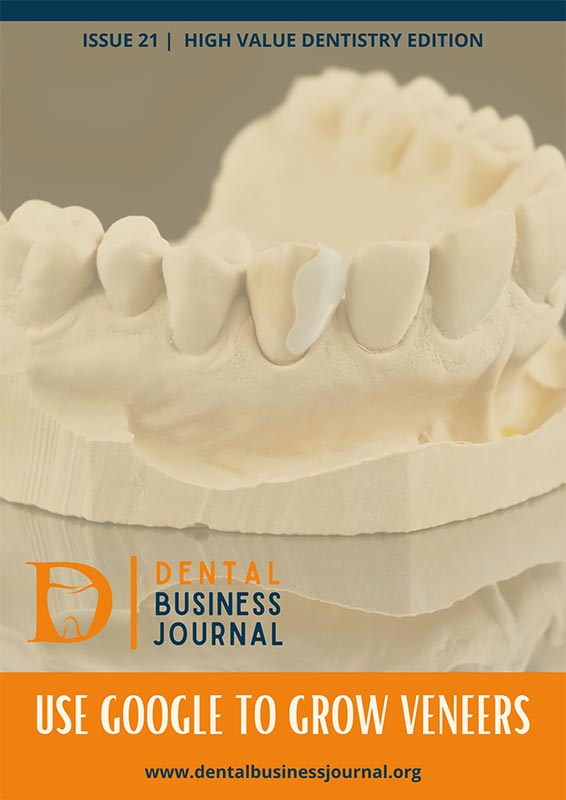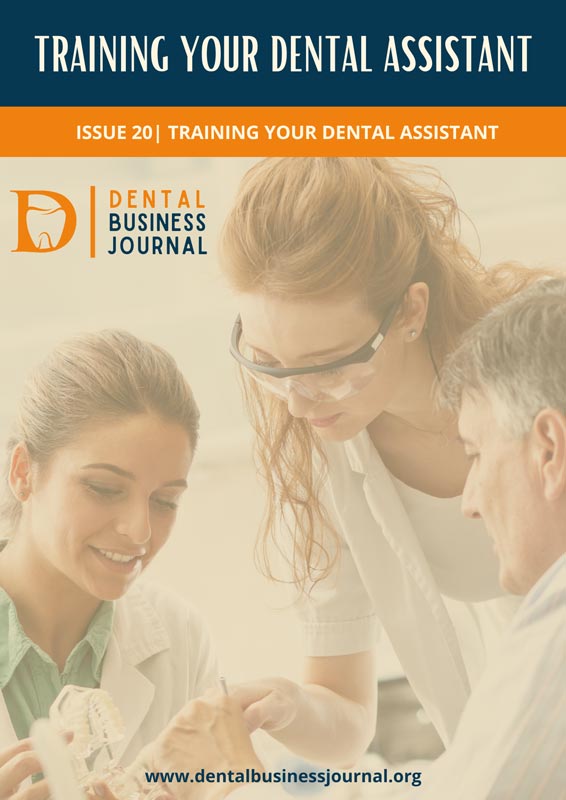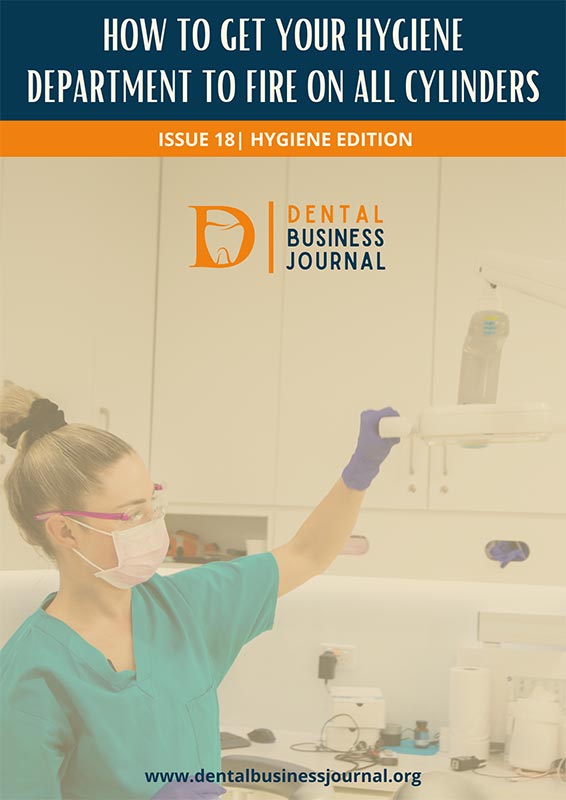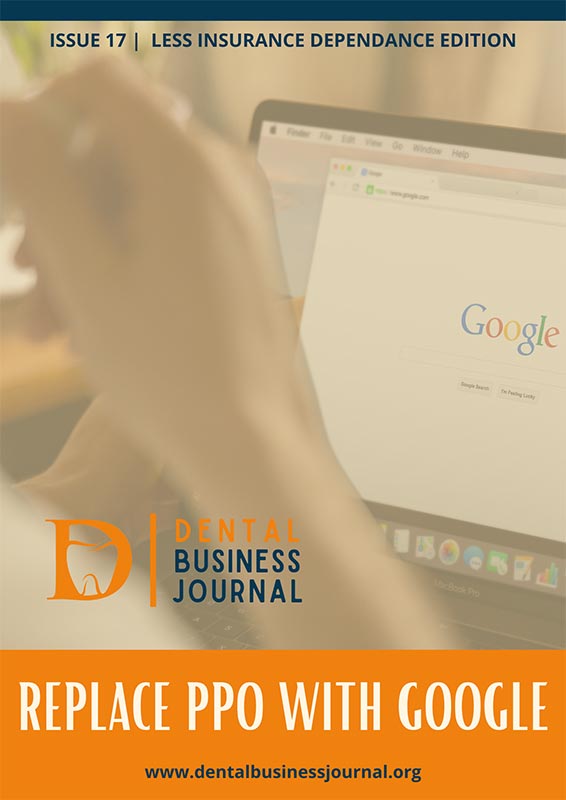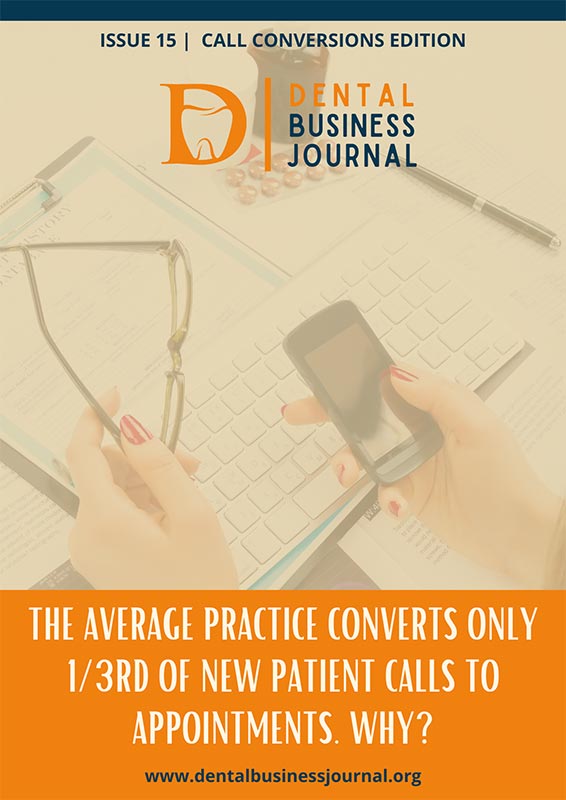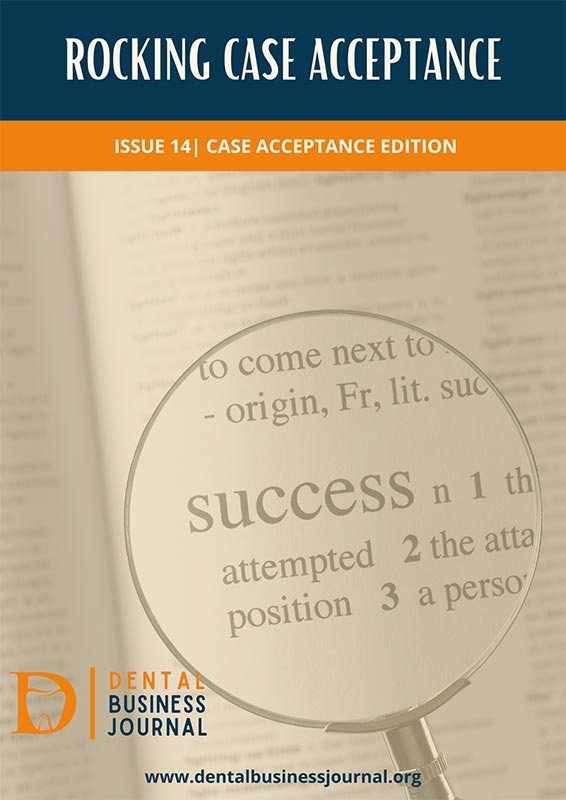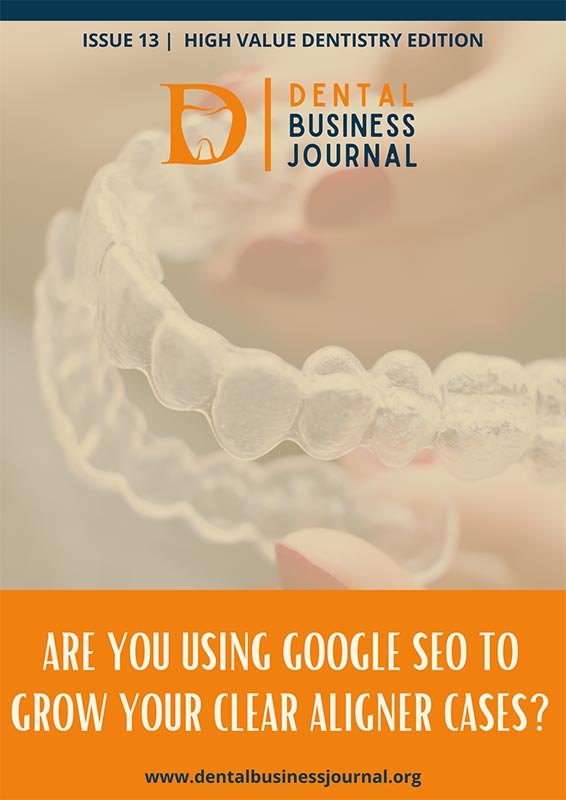Let’s Talk Dental Materials
Dental materials are a critical aspect of any practice. Selecting suitable materials that allow for efficient, predictable, and repeatable results is vital for the success of many dental treatments. It’s also essential for the dentist’s happiness and reduced stress levels. Techniques and materials constantly evolve, and dentists must stay current with the latest advancements.
In this article, Dr. Eric Block provides expert insight into the dental materials and techniques that have contributed to his success as a general dentist over the last 20 years. By sharing his knowledge, Dr. Block hopes to assist other dentists in making informed decisions about which materials and techniques to use for their patients. Whether you’re a seasoned practitioner or a new dentist, this article provides valuable information about the latest dental materials and methods.
Composite Resins
In recent years, composite resins have significantly improved through their properties and aesthetics. However, like with any dental material, various brands and properties are available. Each dentist must find what works best in their hands and for their practice. Omnichroma by Tokuyama is a recurring choice of mine due to its unique ability to match most colors with a single shade. It also has a tremendous “opaquing” blocker material covering dark unaesthetic areas. I use these materials in tandem for my anterior fillings, composite veneers, incisal edge fractures, buccal class V areas, etc.
I also like using Ultradent’s Triodent V3® or Garrison Composi-Tight® 3D Fusion™ sectional matrix systems to restore class two posterior composites. I typically use an isolation device and then adapt proper wedges, bands, and rings. Next, I will soak the entire preparation with a brush dipped in MicroPrime™ G. This is a desensitizing agent containing glutaraldehyde and HEMA. Next, I air dry, then Prime and Bond Elect® universal dental adhesive, and cover all dentin with Omnichroma flowable. The bulk fills with G-ænial™ Universal Injectable by GC. I then light cure after every step with my Ultradent VALO™ Cordless LED curing light. My proximal contacts and contours are created efficiently and predictably.
Crowns
There are many factors to consider when it comes to dental crown materials. Among the options available, zirconia stands out for me for its strength and visual and radiographic opacity. Another option I use for anterior cases to block out a dark stump shade is Porcelain-Fused-to-Zirconia (PFZ) for more of a high cosmetic situation. Discussing the cases and communicating with your dental lab regarding what materials are to be used is crucial.
I take a preliminary impression with Silginat®by Kettenbach and then use their Visalys® Temp crown material for Chairside temporaries.
3D Printing
One of my favorite innovations in dentistry today is the emergence of 3D printing. 3D printing has gotten broader and more widespread as costs have come down and the materials and printers continue to improve.
I have the Einstein™ from Desktop Health’s Einstein printer series. It is fast, intuitive, and accurate. It has a high-powered, projected light source that cures the resin and creates the prosthesis layer by layer.
I use their proprietary resins, such as SmileGuard, E-guide, Resin, and Flexcera, to make night guards, surgical guides, custom healing caps, dentures, partials, models, and temporary restorations. I can scan the patient, design, print, and have the patient in the next day for a try-in or delivery.
Implant Restorations
Twenty years ago, when I first started restoring dental implants, it was all porcelain fused to metal crowns cemented over castable custom abutments all the time. I have done a 360-degree shift and switched to Zirconia Screw Retained to stock titanium abutments.
I avoid cement when at all possible. Occasionally an off-angle or anterior case needs to be cement-retained, but that is rare. I torque a new screw to the manufacturer’s recommendations, place some Teflon tape, and then fill the access hole with flowable composite.
As I always say, “you be you, and I be me,” regarding dental materials and techniques used in your everyday practice. The key is finding what fits best in your hands and your practice.
Do you want to listen to the official podcast episode of this journal?
Watch the full interview on YouTube!
Subscribe and get notified of more episodes like this!
